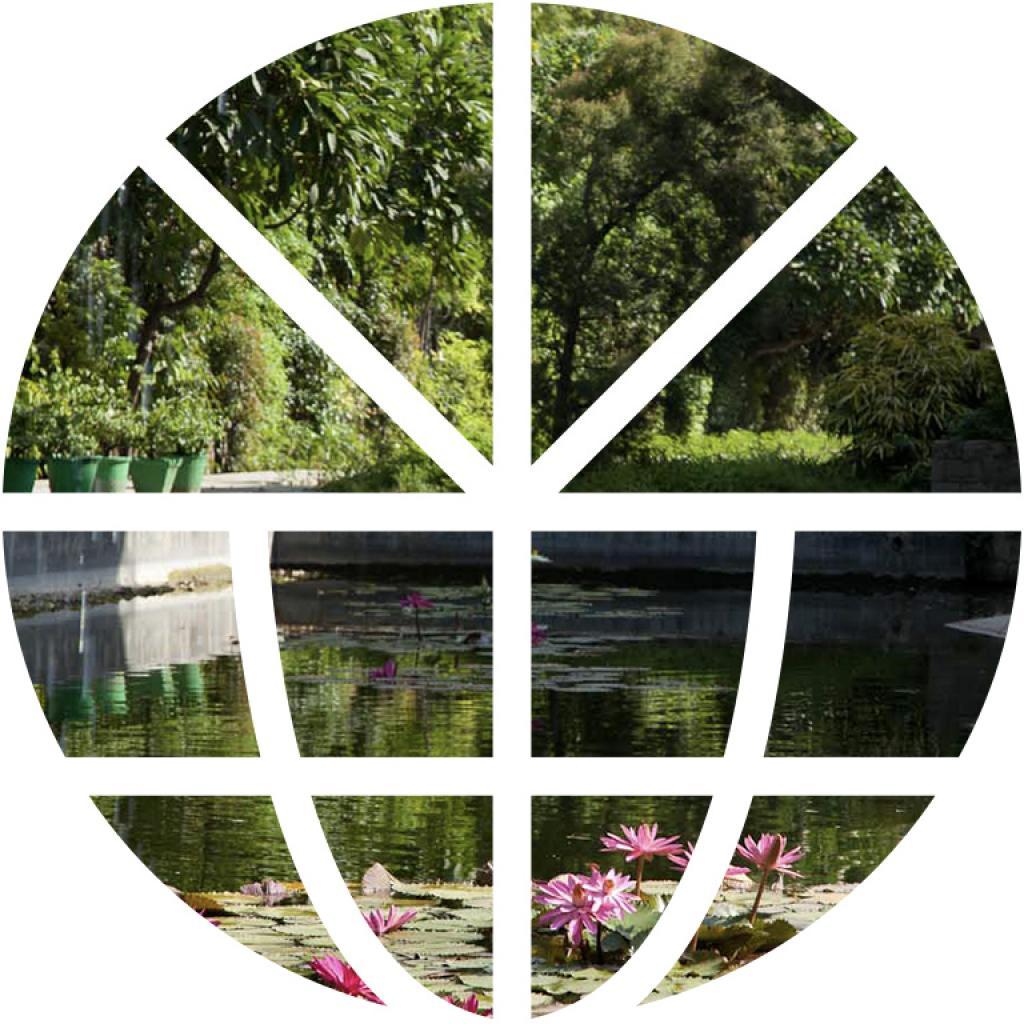Sculptural metaphors of the Anthropocene
An exhibition of sculptural forms by G.R. Iranna, H.G. Arunkumar, Karl Antao, Shambhavi and Puneet Kaushik
Advisor: Chandrika Grover Ralleigh
Inauguration of the exhibition by Shri N.N. Vohra, President, IIC on Friday, 22nd October 2021 at 5 pm
(Collaboration: Gallery Espace)
Flights of Materiality
Sculptural metaphors of the Anthropocene
The current geological epoch, the Anthropocene, dramatically illustrates how we, individually and collectively, are leaving a human signature on our world. We have reached an unprecedented moment in planetary history. Humans now change the Earth’s systems more than all natural forces combined. This is the thread running through Gallery Espace’s exhibition of a group of compelling visual artistic experiences, using both new and traditional three-dimensional media, which capture scenes of our human signature, and convey the complexity and significance of our age.
This sculptural collection brings together a multitude of lines of entry and inter-disciplinary conversations concerned with art and the environment that are emerging around the human impact on the planet and its far-reaching effects. The artworks invite these considerations through a collection of forces, vectors, concerns, and perspectives that can be engaged with and read in multiple orders, marrying form with content in powerful and different ways evidencing the Anthropocene in both metaphysical concepts and concrete reality.
Framed through modes of the visual in an object-oriented ontology, one returns in this exhibition to the philosophy of the object —a renewed focus on the composition, vitality, materiality, autonomy, wonder, and durability of sculpture, primarily as a sensorial experience. Using primordial materials such as iron, bronze, wood, textile and found objects, the artists manifest their concerns by asking what worlds we are intentionally and inadvertently creating, and what worlds we are foreclosing while living within an increasingly diminished present. It has become a concept that speaks not just to the hallmarks of our time, but to the apocalyptic foreclosure of possible futures.
Kristine Michael
Project advisor: Chandrika Grover Ralleigh
Arunkumar HG’s (b. 1968) art practice engages with a diversity of ecological concerns; primarily the decline of natural resources and habitats as a result of consumerism. His sculptures, made from re-cycled and re-purposed material, allude to local, historical and cultural milieux, as a microcosm of and a commentary on these concerns. Arunkumar lives and works in Delhi.
G. R. Iranna (b. 1970) is greatly inspired by Vedantic philosophy, particularly the idea of the duality of existence, and juxtaposes materials, colours, textures and forms in his paintings, sculptures and installations, to manifest the dichotomies of nature and artifice, spiritual and material, permanent and transient, heavy and light-weight, dark and light, etc.
An advertising professional who turned to art, Ahmedabad-based Karl Antao (b. 1966) is among the few contemporary artists who sculpts in wood (and sometime bronze), creating mammoth figures that are infused with life and emotion, and embody complex visual metaphors. Antao has exhibited widely in India and abroad and is also the recipient of several art awards.
Puneet Kaushik (b. 1972) is a Delhi-based contemporary artist whose practice carries traces of his deep engagement with Indian craft. His paintings and mixed-media installations use a spectrum of unconventional graphic materials such as glass or coral beads, cotton, wool or jute cord, metal wire, terracotta, bone, hair, charcoal, paper pulp, etc.
Shambhavi (b. 1966) is a painter, printmaker, and installation artist. Her practice is largely non-figurative and focuses on the relationship between man and nature, and the condition of the farmer. An alumnus of the College of Fine Arts and Crafts, Patna, and Delhi College of Art, her sculptural installation ‘Reapers’ Melody’ will soon be unveiled at MoMA, New York.
Contact: +91-9871985857; art@galleryespace.com























